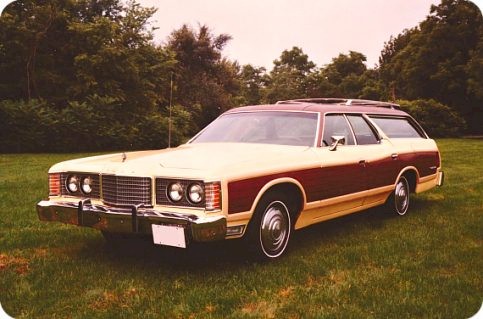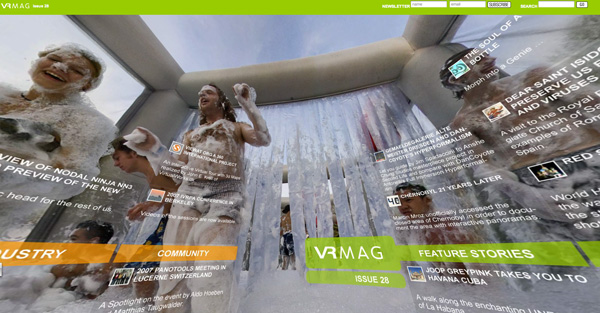
One of the rare examples of altruism in pistonheads concerns the (nearly extinct) American station wagon. They passionately defend the one automotive genre that the vast majority of American consumers wouldn’t be caught dead in (excepting a hearse). Why so much love for a car shape that’s been fading from the American scene for the best part of 25 years? The passion comes from recognition. The reality we’ll have to blame on Darwin and his stupid birds.
Wagons increase a car’s cargo space without altering the donor car’s fundament shape. They’re a bit heavier and generally a little shakier than their sedan sibling, but still offer car-like driving dynamics. This is important to enthusiasts, who value driving dynamics sur tout. Ironically, pistonheads hate compromises; generally speaking, they don’t buy wagons. But they recommend them to others– especially SUV owners– based on the combination of handling and hauling.



